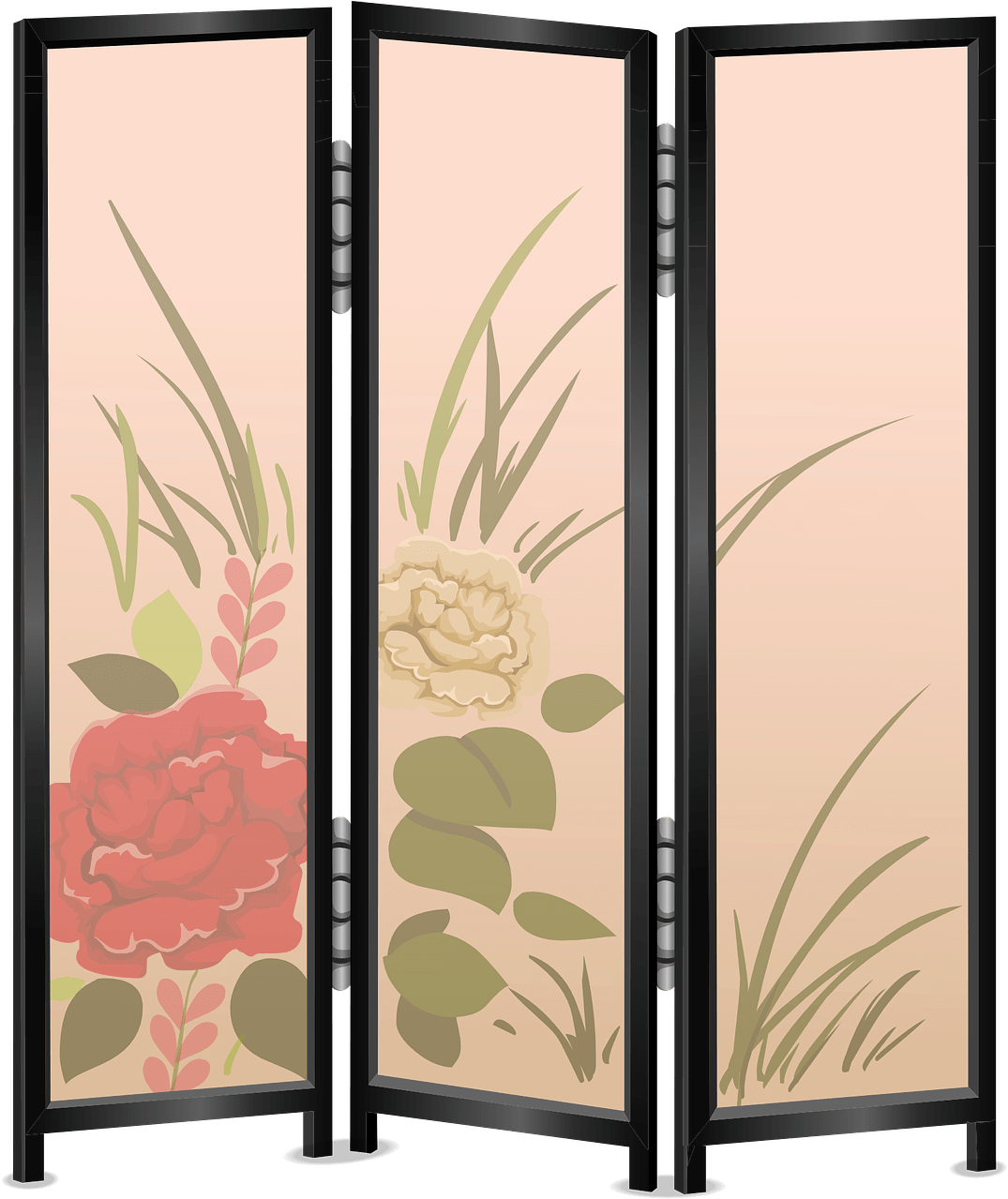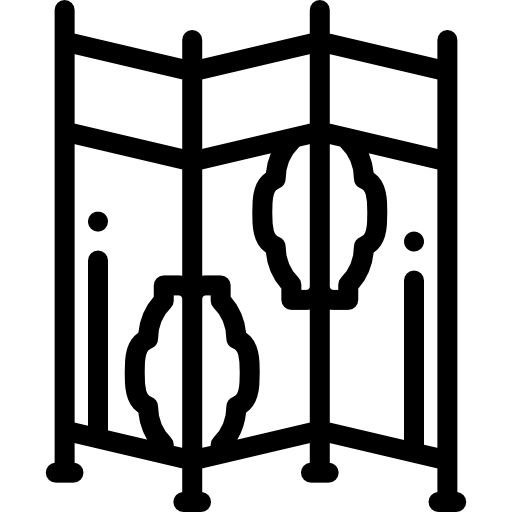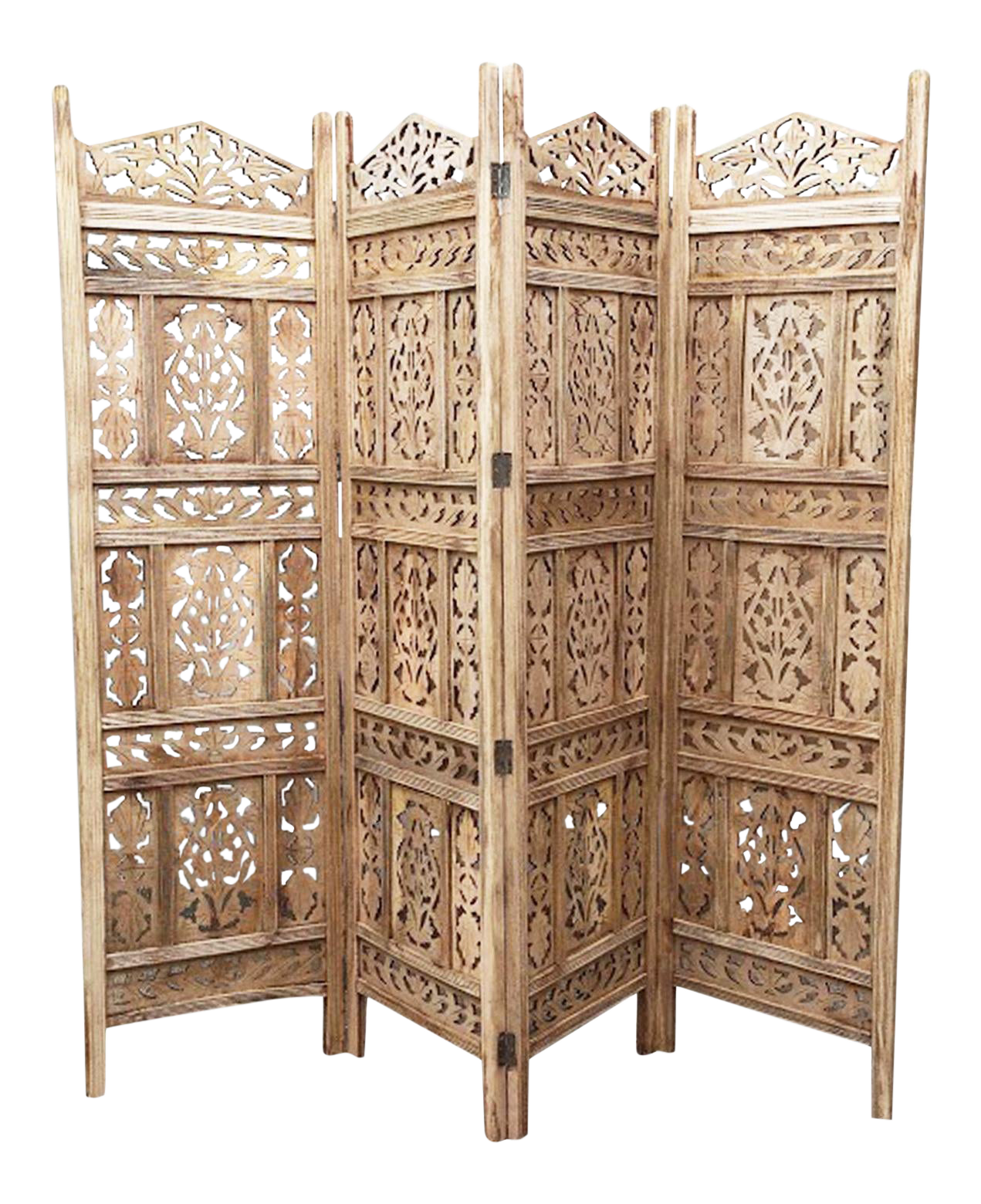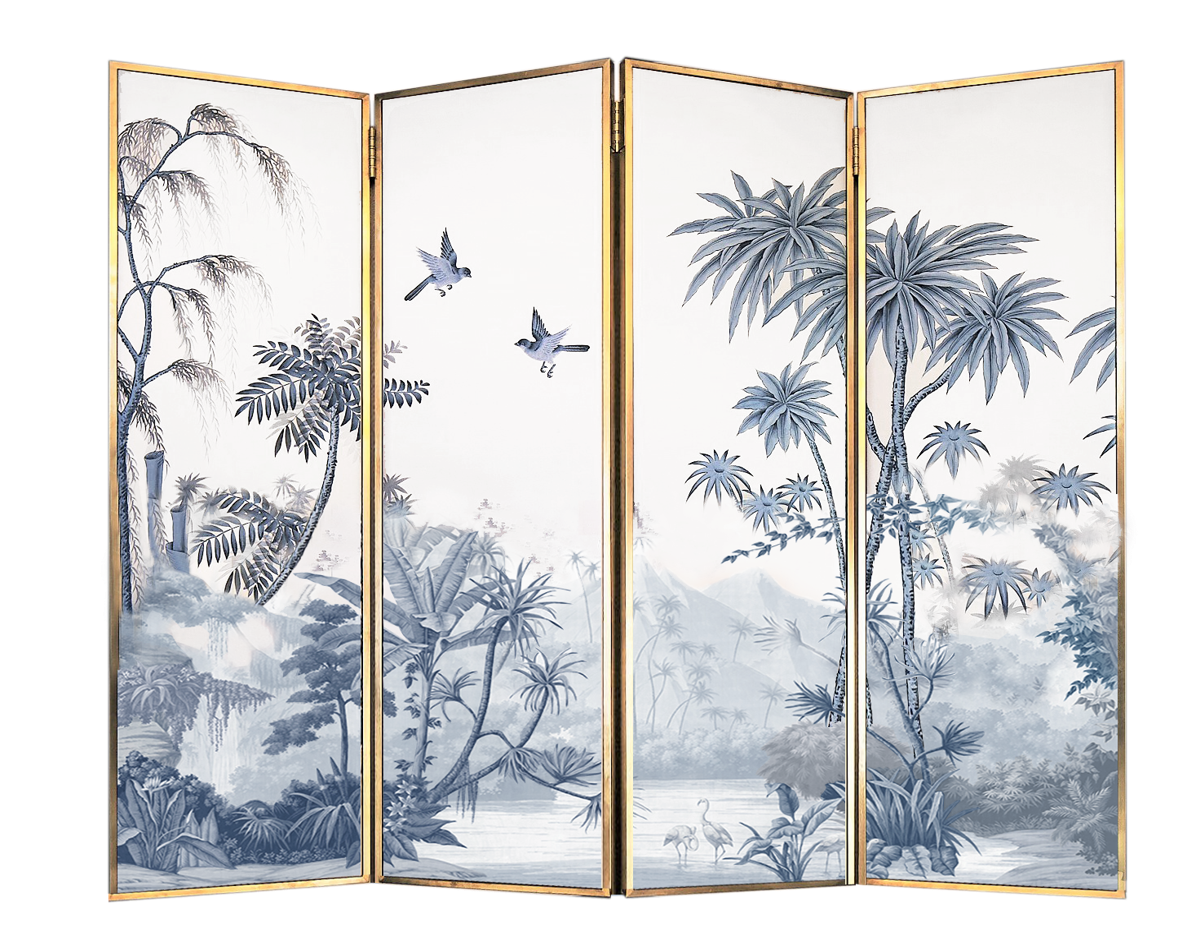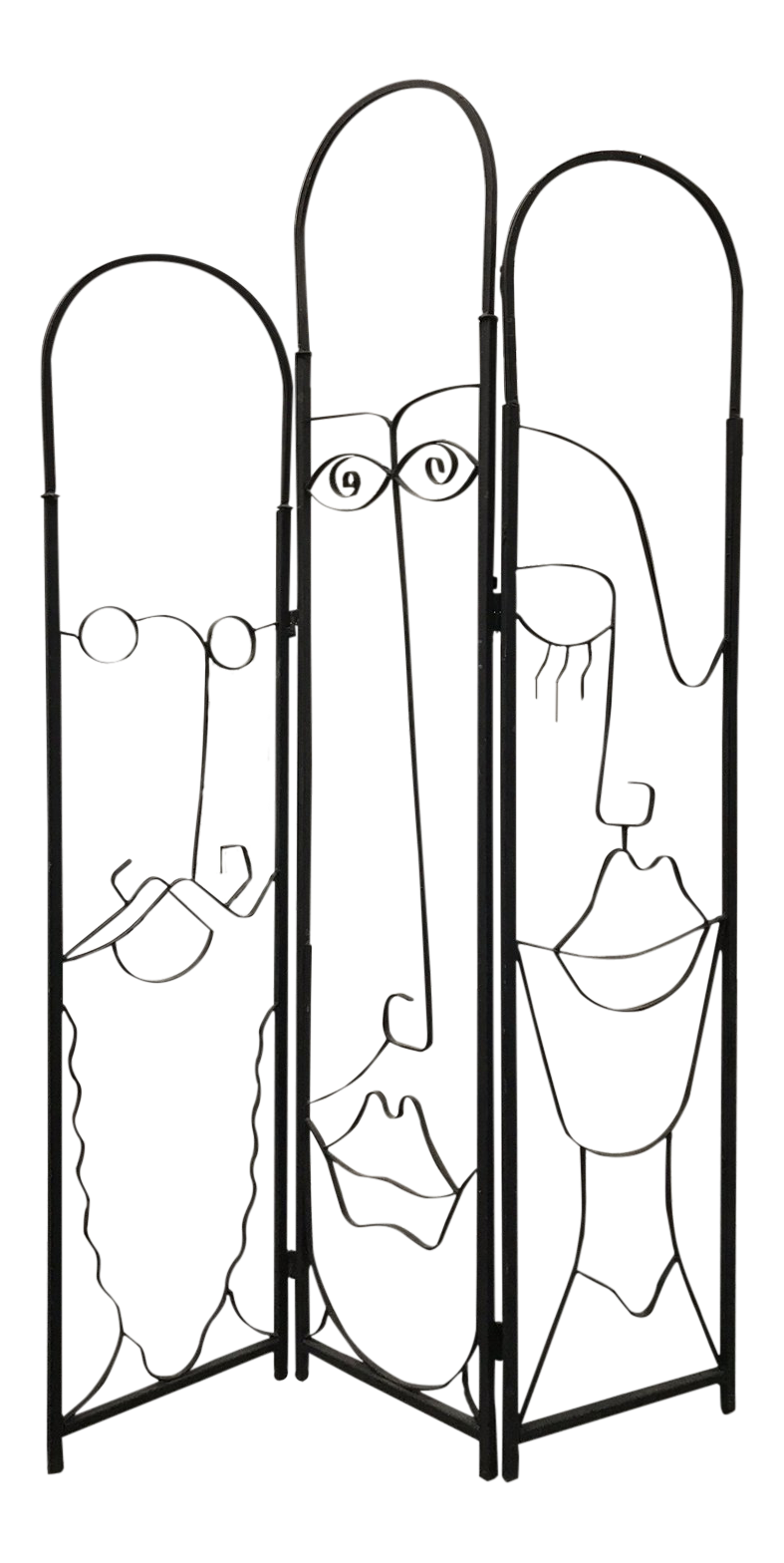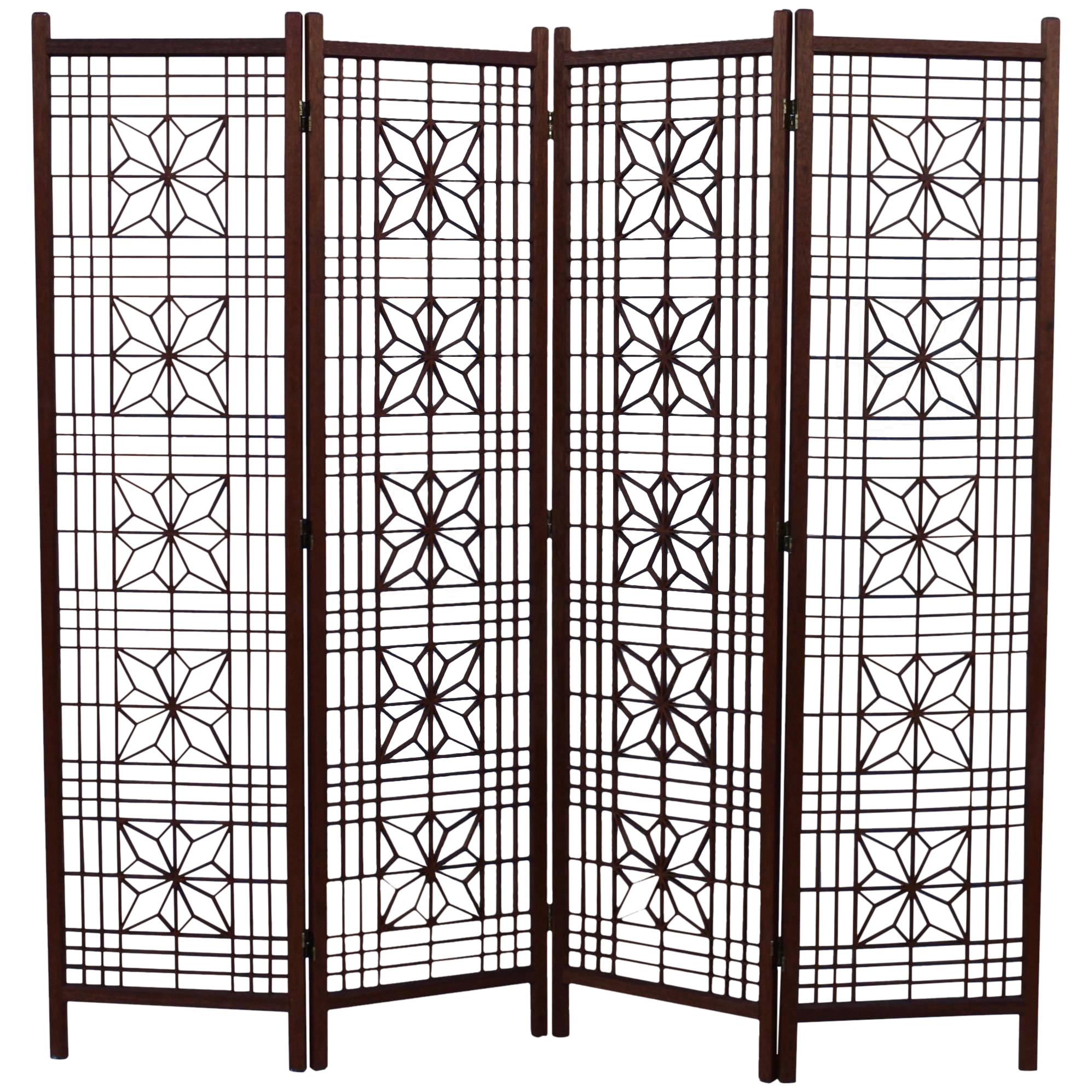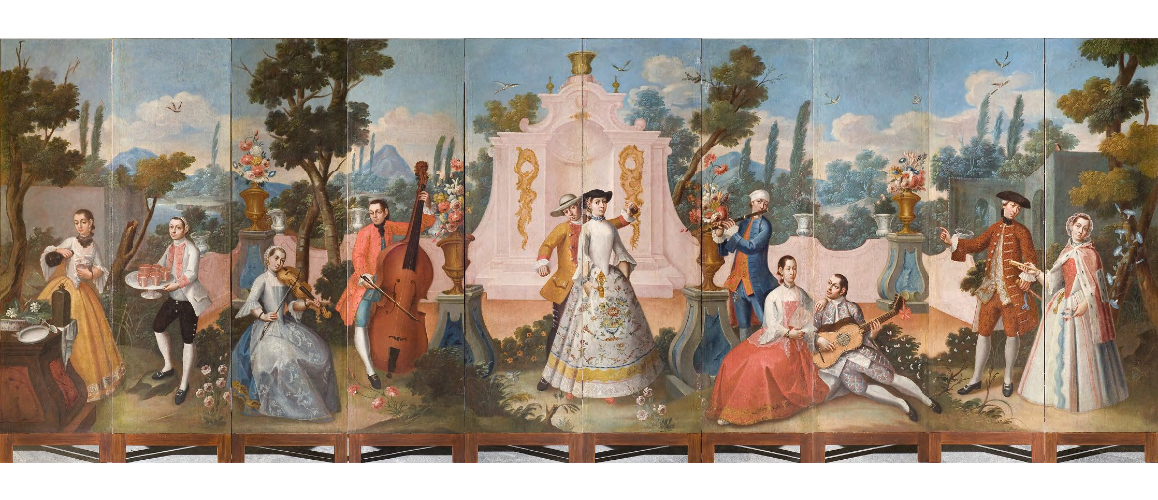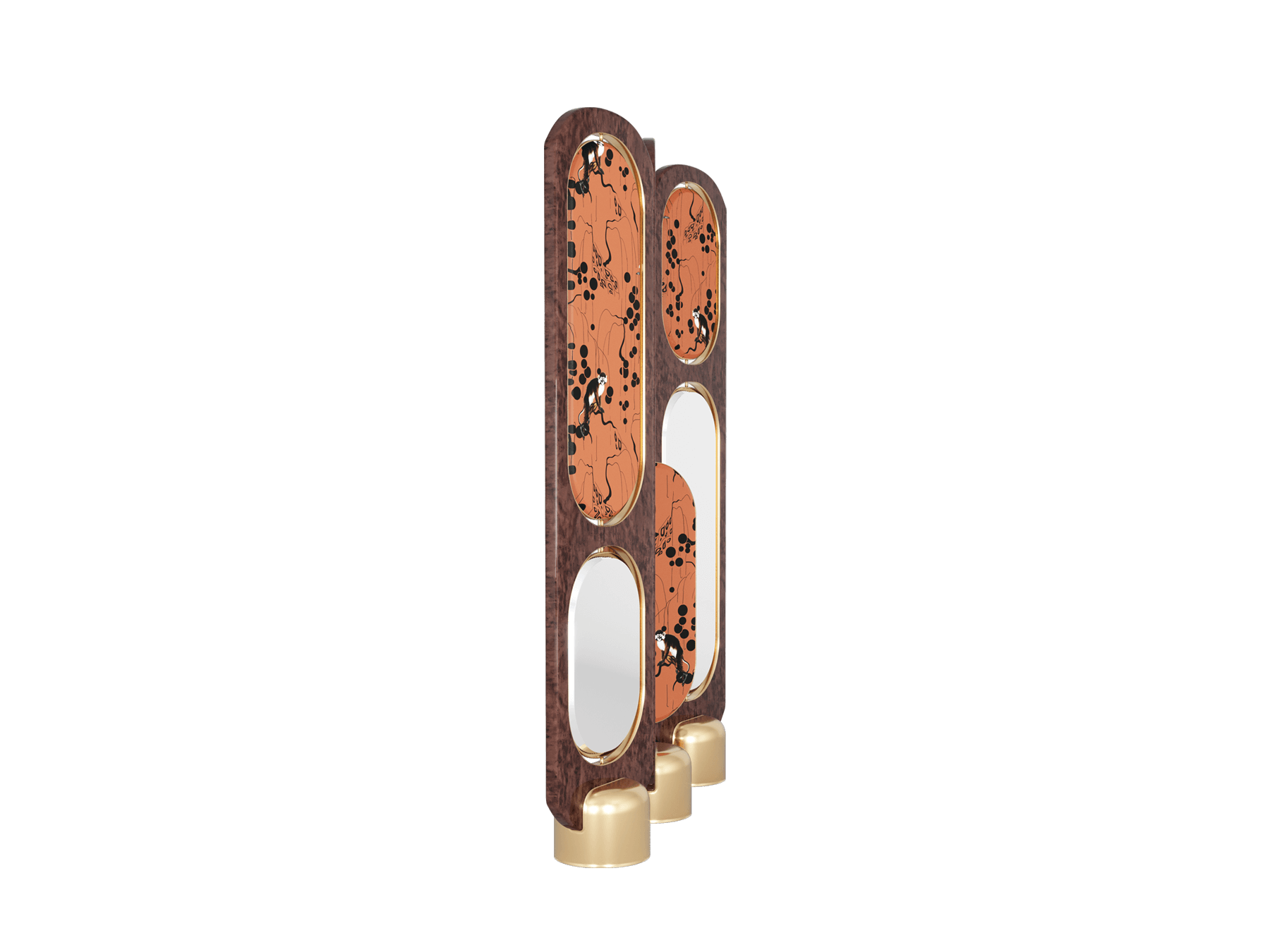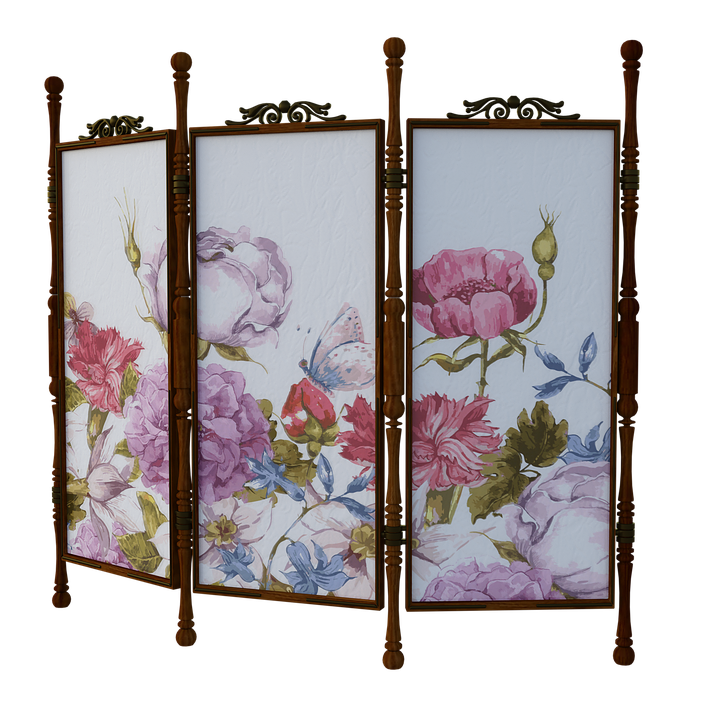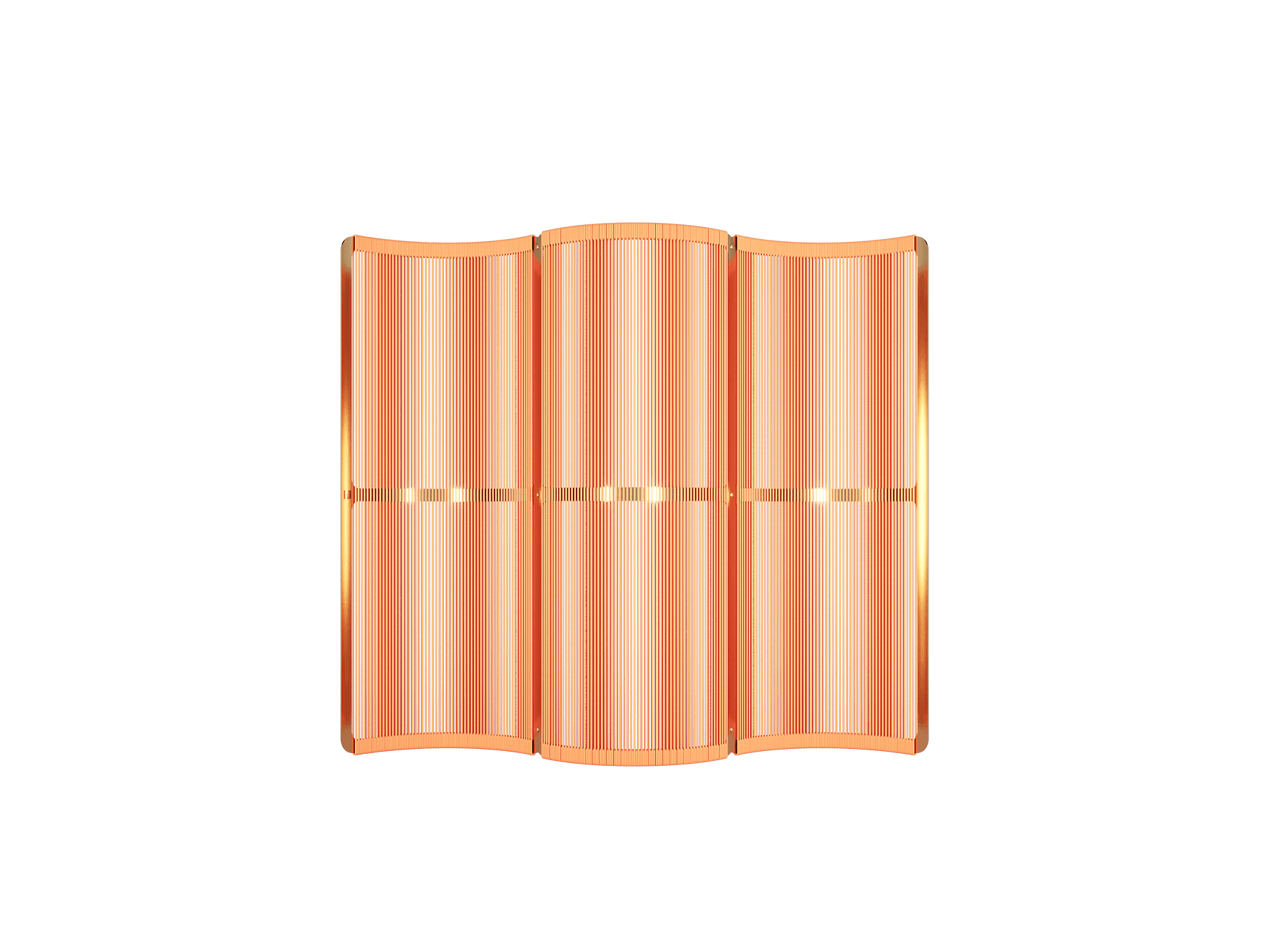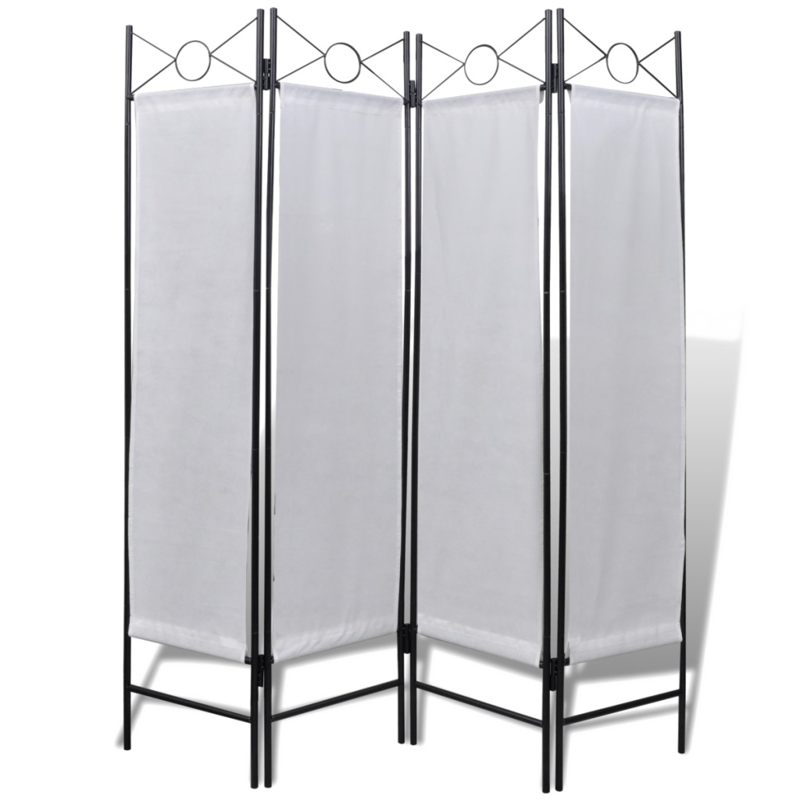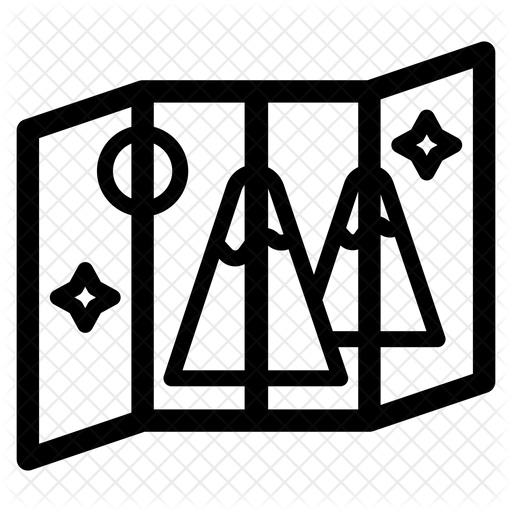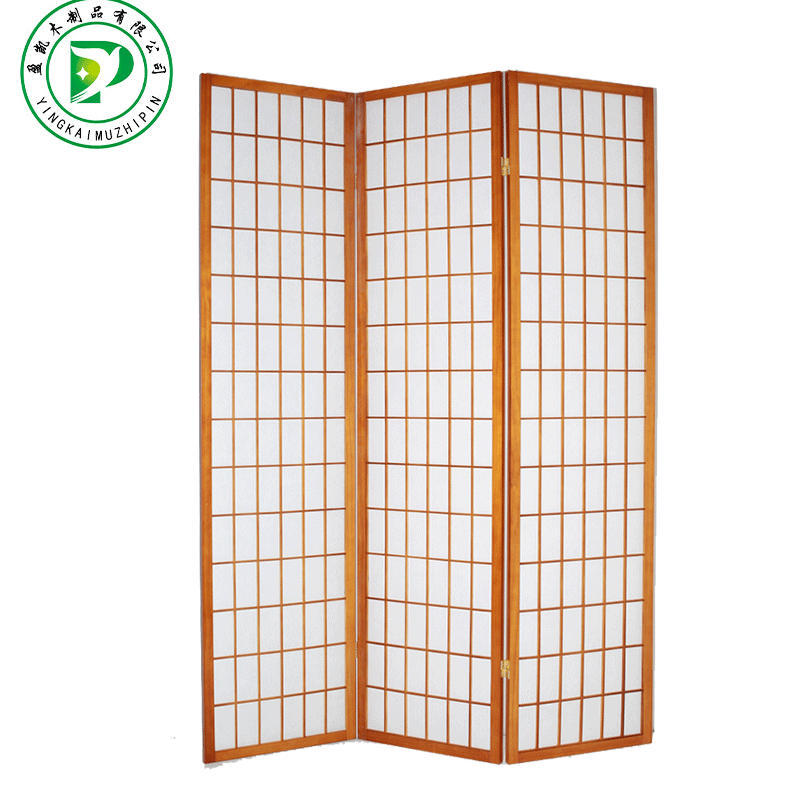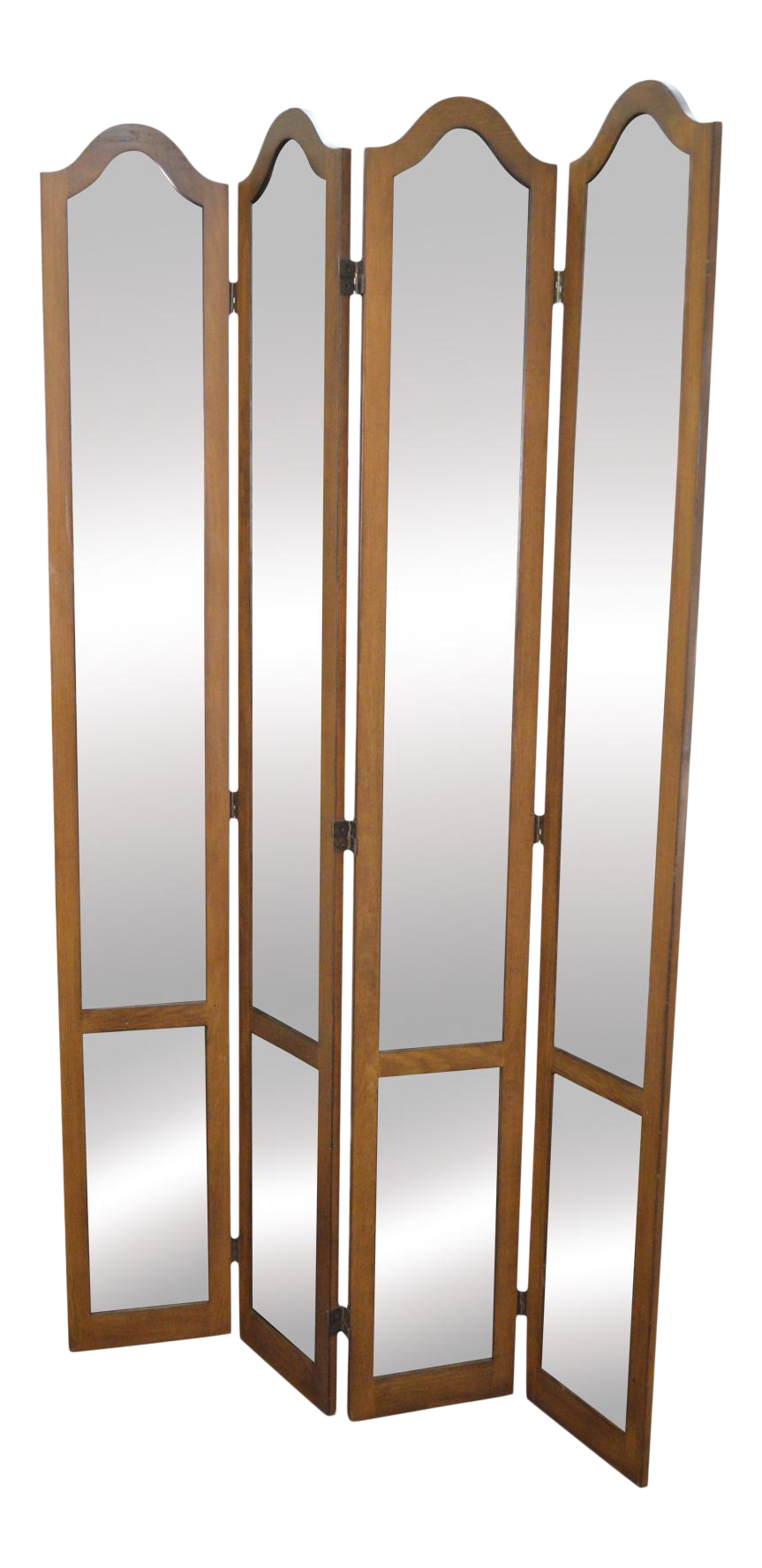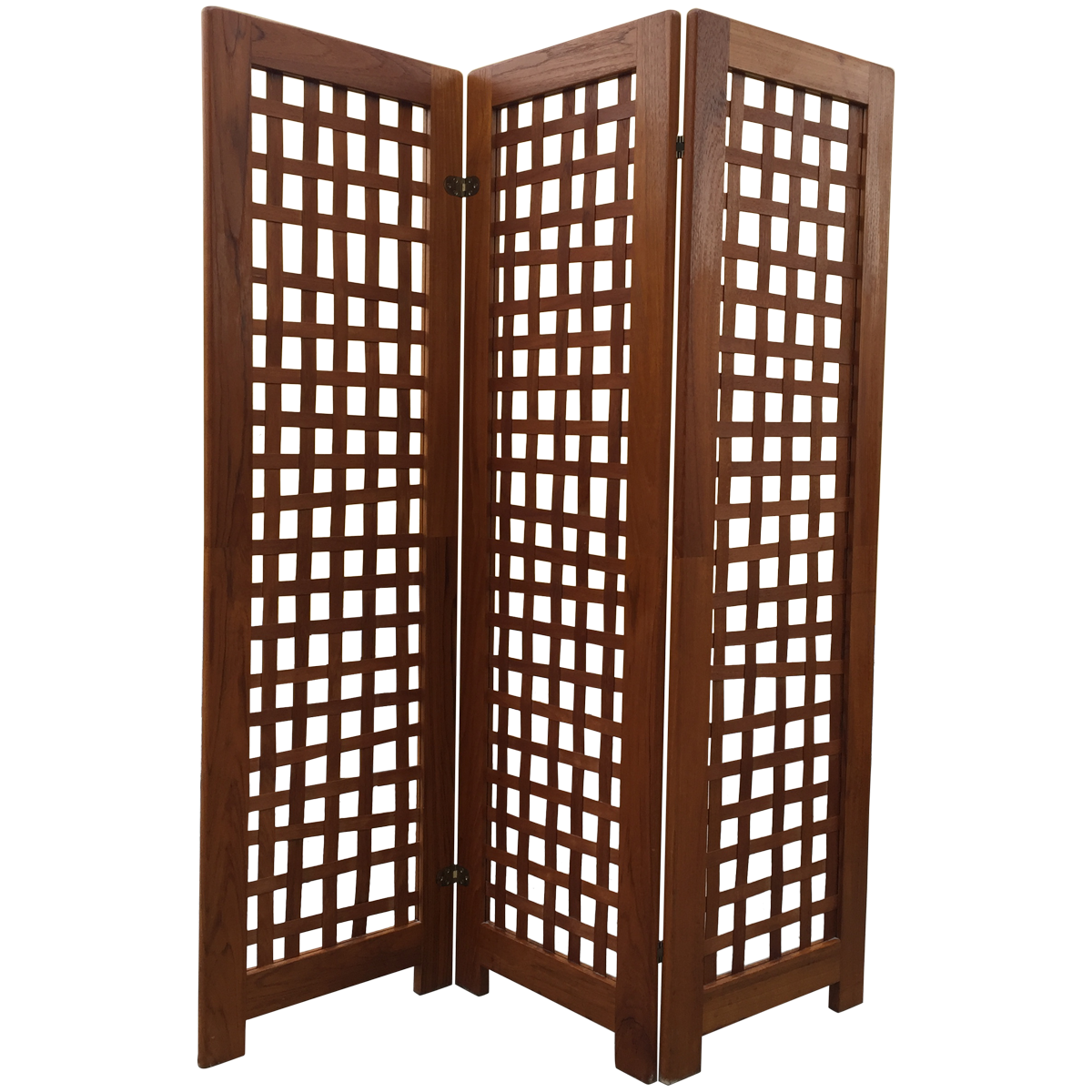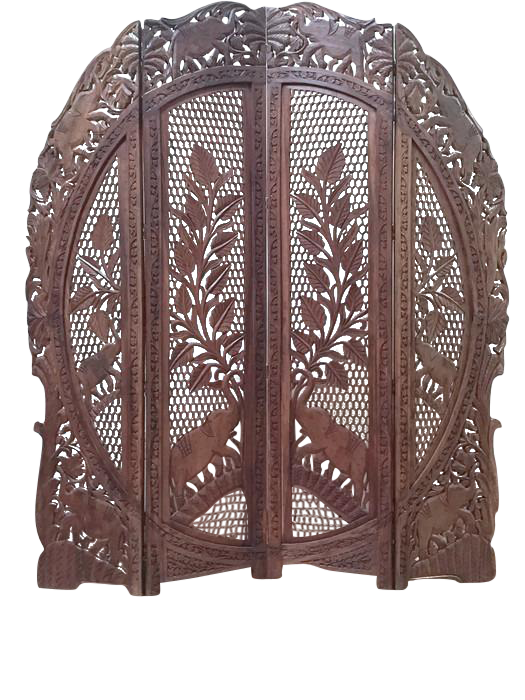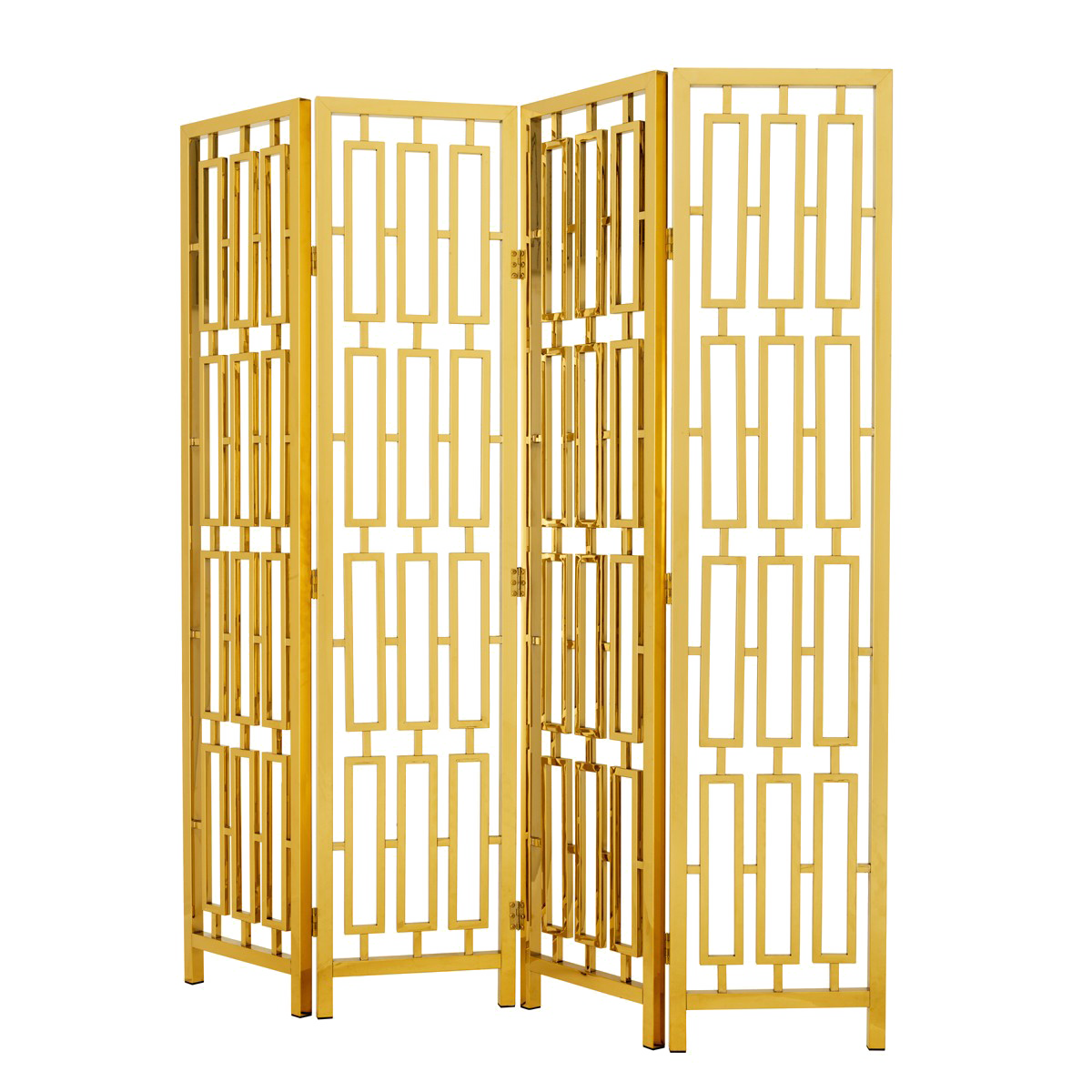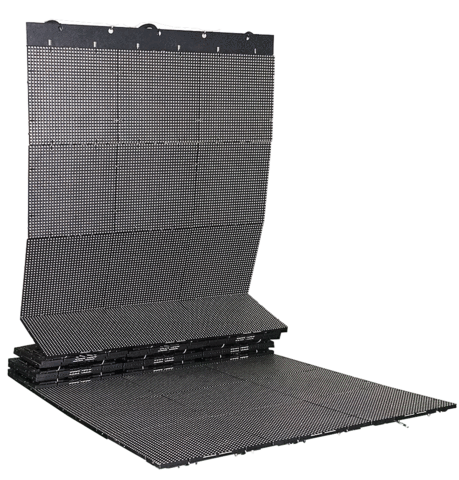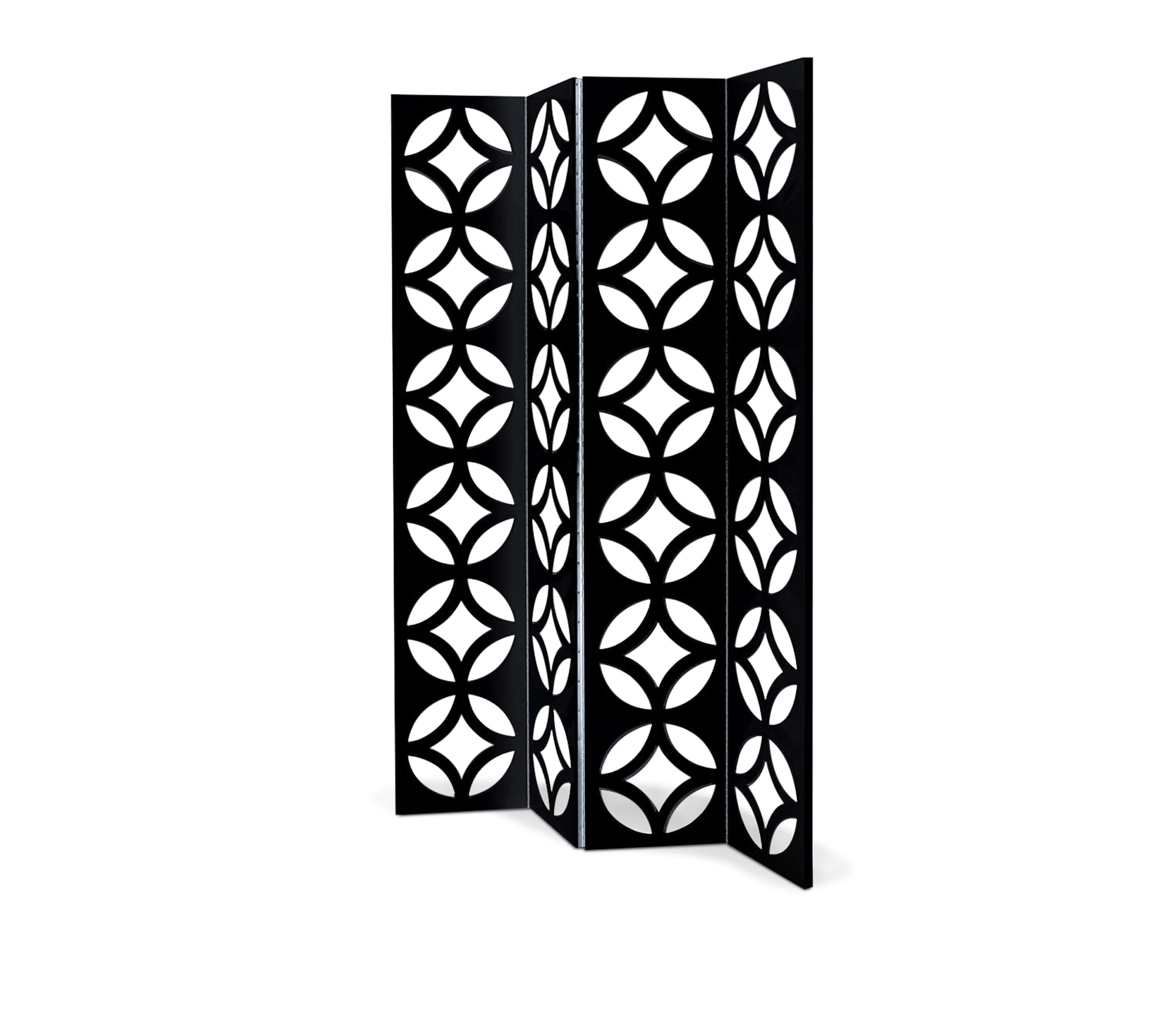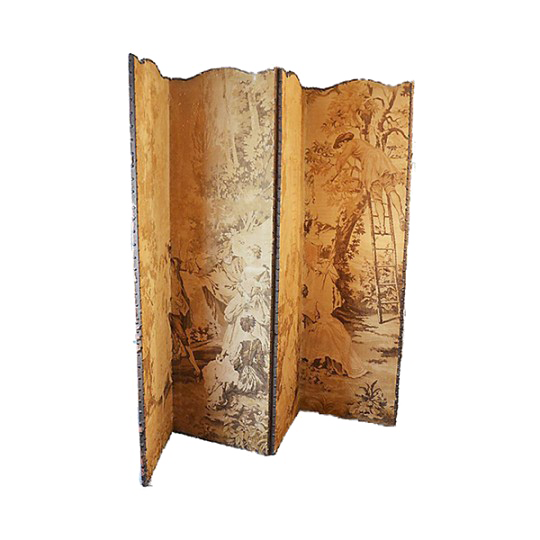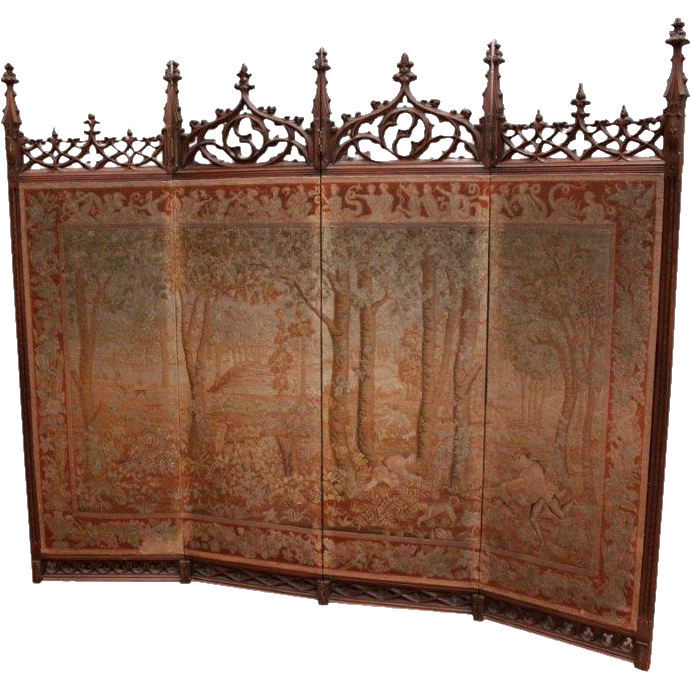Download top and best high-quality free Folding Screen PNG Transparent Images backgrounds available in various sizes. To view the full PNG size resolution click on any of the below image thumbnail.
License Info: Creative Commons 4.0 BY-NC
A folding screen is a free-standing piece of furniture made up of numerous frames or panels attached by hinges or other methods. They may be constructed in various forms and materials, and they have both functional and ornamental purposes. Folding screens were popular among Europeans and originated in ancient China.
The Eastern Zhou dynasty (771″256 BCE) in China is when screens first appeared. As opposed to folding screens, these were originally one-panel displays. The Han Dynasty (206 BCE ” 220 CE) is credited with inventing folding screens. In Han-era tombs, like in Zhucheng, Shandong Province, depictions of such folding screens have been uncovered.
The primary subjects of mythology, images of palace life, and nature were commonly depicted on folding screens. Chinese literature is frequently connected with mystery and romance; for example, a young girl in love could sneak a look behind a folding screen. The classical literature Dream of the Red Chamber by Cao Xueqin contains an example of such a thematic occurrence of the folding screen.
In Tang literature, the folding screen was a common occurrence. The “Song of the Screen” was written by Tang poet Li He (790″816) and describes a newlywed couple’s folding screen. A folding screen encircled the young couple’s bed with twelve panels decorated with butterflies alighting on China pink flowers (an allusion to lovers) and silver hinges that looked like glass pennies.
Originally composed of hardwood panels with lacquered surfaces, folding screens made of paper or silk soon became popular. Even though folding screens have been around since antiquity, they became extremely popular during the Tang dynasty (618″907).
Many painters used folding screens to showcase their paintings and calligraphy throughout the Tang dynasty. Many painters used paper or silk to create their paintings, putting them on the folding screen. In the historical literature of the time, two different artistic folding screens were described. The huaping (Chinese: ; lit. ‘painted folding screen’) and the shuping (Chinese: ; lit. ‘calligraphed folding screen’) were two types of folding screens.
People frequently ordered folding screens from painters such as Cao Ba of the Tang dynasty and Guo Xi of the Song dynasty. The Song period (960″1279) was the heyday of landscape paintings on folding screens. During the late Ming era (1368-1644), the lacquer methods for Coromandel screens, known as kuancai (“incised colors”), were used to folding screens to create dark screens incised, painted, and inlaid with art of mother-of-pearl, ivory, or other materials.
The bybu (Japanese folding screen) is supposed to have arrived in Japan in the 7th or 8th century from China’s Han Dynasty. Torige ritsujo no bybu, which dates from the 8th century and is kept in Shsin Treasure Repository, is the oldest bybu made in Japan. Because of the growth of Japan’s original Kokuf Bunka after the Heian era in the 9th century, the designs grew more indigenous. They were utilized as furnishings in the Shinden-zukuri architectural style.
When daimyo (feudal lords) fought for power during the Azuchi-Momoyama era, folding screens with images of tigers and dragons were popular. Emerging merchants became patrons of the folding screen industry throughout the Edo era as the economy grew. Rinpa school folding screens were prominent during this period, and they were known for their extremely ornate designs that used gold or silver foil, strong compositions representing basic items, and repetitive patterns.
Download Folding Screen PNG images transparent gallery.
- Folding Screen Transparent
Resolution: 1075 × 1279
Size: 243 KB
Image Format: .png
Download
- Folding Screen PNG Images
Resolution: 512 × 512
Size: 18 KB
Image Format: .png
Download
- Vector Folding Screen
Resolution: 512 × 512
Size: 21 KB
Image Format: .png
Download
- Folding Screen PNG Photos
Resolution: 1271 × 1560
Size: 2320 KB
Image Format: .png
Download
- Vector Folding Screen PNG Pic
Resolution: 512 × 512
Size: 18 KB
Image Format: .png
Download
- Folding Screen
Resolution: 1196 × 939
Size: 1474 KB
Image Format: .png
Download
- Folding Screen PNG Picture
Resolution: 787 × 1568
Size: 935 KB
Image Format: .png
Download
- Folding Screen PNG
Resolution: 1995 × 1995
Size: 4094 KB
Image Format: .png
Download
- Vector Folding Screen PNG
Resolution: 512 × 512
Size: 14 KB
Image Format: .png
Download
- Folding Screen PNG Image HD
Resolution: 1158 × 500
Size: 1124 KB
Image Format: .png
Download
- Folding Screen PNG Free Image
Resolution: 1800 × 1350
Size: 246 KB
Image Format: .png
Download
- Folding Screen PNG Image File
Resolution: 720 × 720
Size: 591 KB
Image Format: .png
Download
- Folding Screen PNG Images HD
Resolution: 1800 × 1350
Size: 353 KB
Image Format: .png
Download
- Vector Folding Screen PNG Photo
Resolution: 512 × 512
Size: 20 KB
Image Format: .png
Download
- Vector Folding Screen PNG File
Resolution: 512 × 512
Size: 19 KB
Image Format: .png
Download
- Vector Folding Screen PNG Cutout
Resolution: 512 × 512
Size: 32 KB
Image Format: .png
Download
- Vector Folding Screen PNG Image
Resolution: 512 × 512
Size: 22 KB
Image Format: .png
Download
- Folding Screen PNG Pic
Resolution: 800 × 800
Size: 327 KB
Image Format: .png
Download
- Vector Folding Screen PNG Images
Resolution: 512 × 512
Size: 88 KB
Image Format: .png
Download
- Folding Screen No Background
Resolution: 800 × 800
Size: 186 KB
Image Format: .png
Download
- Folding Screen PNG File
Resolution: 863 × 1776
Size: 697 KB
Image Format: .png
Download
- Folding Screen PNG Photo
Resolution: 1200 × 1200
Size: 1133 KB
Image Format: .png
Download
- Folding Screen PNG HD Image
Resolution: 525 × 700
Size: 570 KB
Image Format: .png
Download
- Folding Screen PNG Cutout
Resolution: 1200 × 1200
Size: 750 KB
Image Format: .png
Download
- Folding Screen Background PNG
Resolution: 459 × 480
Size: 148 KB
Image Format: .png
Download
- Vector Folding Screen PNG Photos
Resolution: 2000 × 1750
Size: 321 KB
Image Format: .png
Download
- Folding Screen PNG Image
Resolution: 540 × 540
Size: 246 KB
Image Format: .png
Download
- Folding Screen PNG Clipart
Resolution: 691 × 691
Size: 831 KB
Image Format: .png
Download
